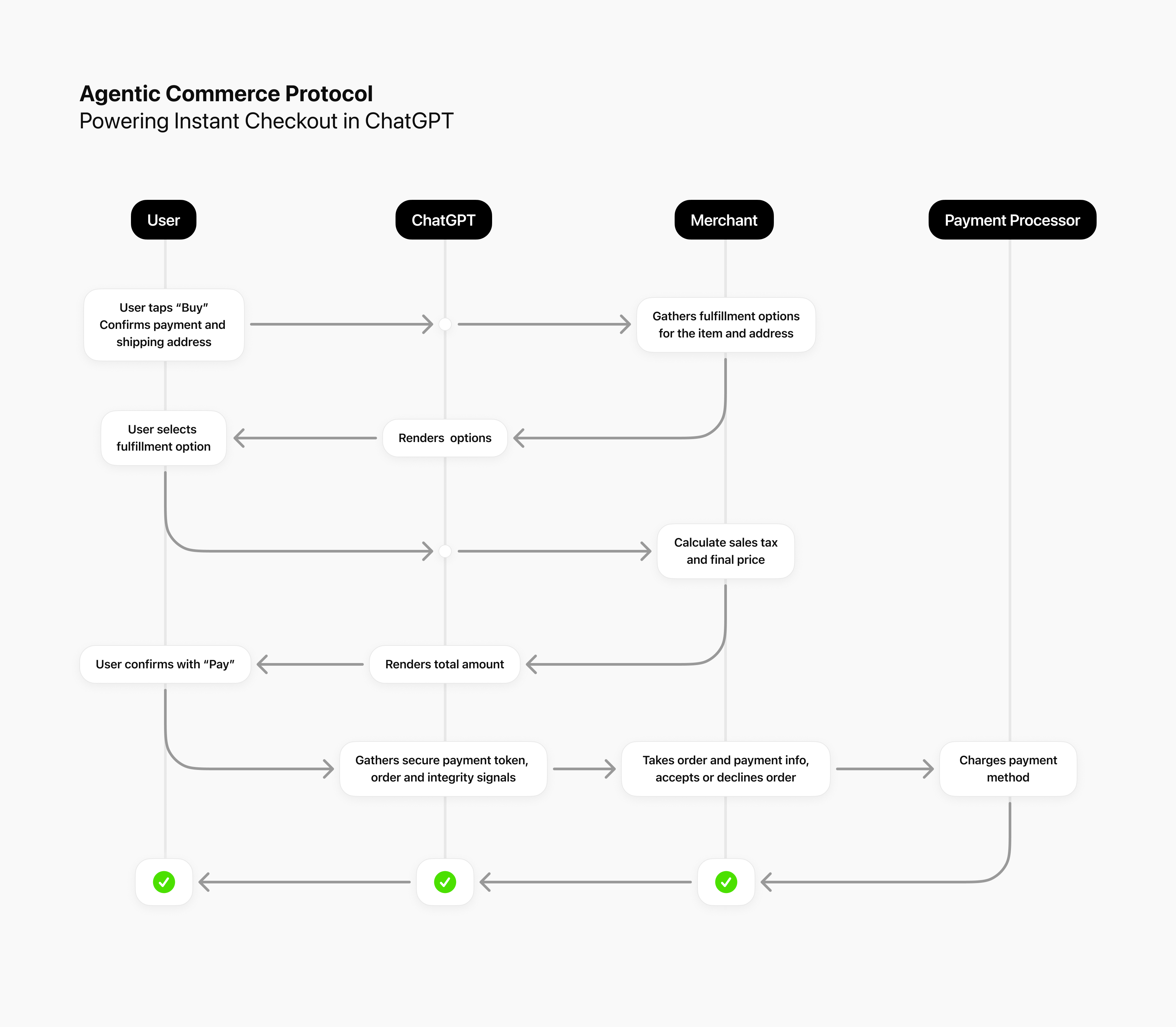Shop Instantly with ChatGPT: How In-App Purchasing Redefines Digital Shopping Experience

Shop Instantly with ChatGPT: The Future of In-App Purchasing Arrives
ChatGPT Enables Direct Shopping Experience
A transformational development in digital commerce is here: users in the United States can now shop for items directly within ChatGPT. This new convenience is possible through a streamlined checkout experience that currently supports purchases from Etsy, with other merchants and regions expecting inclusion soon.
The process is remarkably intuitive. After selecting a desired item, users simply tap a “Buy” button. Payment is immediately processed using the card information already associated with the account. This rapid workflow removes traditional shopping barriers, letting users discover, evaluate, and purchase products in a single conversation without leaving the chat interface.
Behind the scenes, payment processing and order fulfillment remain under the control of each seller. Existing infrastructure handles all logistics, ensuring merchant autonomy and maintaining established customer relationships. The approach emphasizes both seamless shopping and operational continuity for participating retailers.
Agentic Commerce Protocol: The Infrastructure Powering In-Chat Transactions
Central to this innovation is a newly released open technology known as the Agentic Commerce Protocol. Engineered to securely connect conversational AI systems with external retail and payment platforms, this framework enables dynamic, agent-initiated transactions. Technical implementation leverages Stripe—renowned for robust financial infrastructure—ensuring reliability and broad compatibility in a rapidly evolving digital economy.
Being open source, this protocol is expected to catalyze adoption well beyond the initial launch partners. The architecture supports secure passing of order data, fulfillment details, and payment information directly between end user and merchant, all mediated through an automated agent. Crucially, the protocol was designed with an eye toward transparency, reproducibility, and extensibility, giving retailers and developers the flexibility to develop custom integrations as new use cases emerge.
Recent moves by major competitors, including Google, showcase a parallel shift toward open, standardized agent commerce systems. Such development points to an imminent transformation in online transaction paradigms, greatly expanding AI’s practical footprint within e-commerce.
Implications for E-Commerce and Consumer Experience
The introduction of instant, agent-mediated shopping redefines how consumers engage with products and merchants. Product discovery, evaluation, and purchase are integrated into a single conversational context, blurring the boundaries between search, recommendation, and transaction. No longer must shoppers navigate multiple platforms or interrupt their flow to complete a purchase; friction is minimized, and engagement—especially impulse purchasing—is likely to rise.
For merchants, there is the potential for organic discovery, as item listings surfaced within the chat are ranked for relevance rather than promotional spend. This levels the playing field, offering even smaller brands newfound visibility based on product fit rather than advertising budgets. Merchants only incur minimal fees for successful transactions, maintaining cost efficiency.
The protocol’s design ensures sellers retain critical control—handling their own payments, processing, and shipping, as well as managing direct customer relationships. These features provide assurance for both large platforms and independent retailers, supporting diverse business models and reducing the risk of platform lock-in.
Competitive Acceleration: New Frontiers for Retail Discovery
Leading technology firms stand poised to reshape the very infrastructure of online shopping. With open protocols now in play from both established leaders and ambitious entrants, the balance of power in digital retail could shift from traditional e-commerce gatekeepers to emerging agent platforms. This movement toward AI-powered transactions offers both a strategic opportunity for brands and a disruptive challenge for existing sales channels.
The efficiency and personalization delivered by conversational commerce promise to drive higher engagement and conversion rates. As direct checkout options expand to additional platforms and geographies, new standards in customer convenience are likely to emerge, aligning with broader trends toward automation, personalization, and omnichannel integration.
Early adoption by prominent marketplaces positions these agents as indispensable tools for consumers seeking simplicity and relevance. The evolving landscape promises a dynamic future—one where intelligent assistants broker immediate, tangible value in daily digital interactions.
Market Outlook and Next Steps
The debut of this in-chat purchasing capability signals the dawn of a new era in intelligent retail. By merging real-time recommendations with instant fulfillment options, the technology provides a blueprint for the next phase of commerce innovation. Ongoing open-source development of the underlying protocol stands to accelerate adoption by a broader array of merchants and technology providers.
As additional marketplaces and regions join this ecosystem, consumers can expect ever more integrated and contextually aware experiences. Retailers should watch this space closely, as the competitive contours of e-commerce are redrawn by rapid advances in agent-driven shopping solutions.
Transformation is already underway. With conversational commerce solutions expanding, every participant in the digital economy will need to adapt—embracing transparency, efficiency, and open connectivity as hallmarks of the new customer journey.
